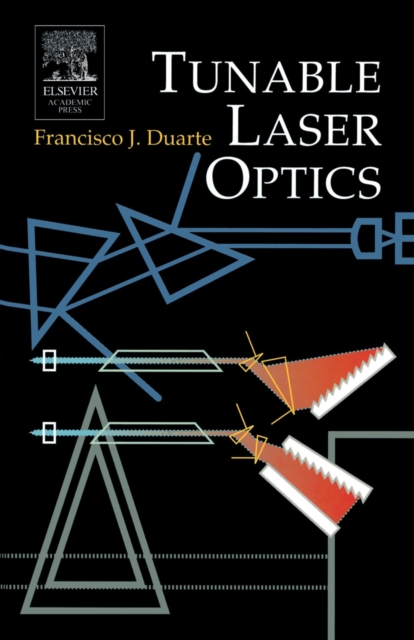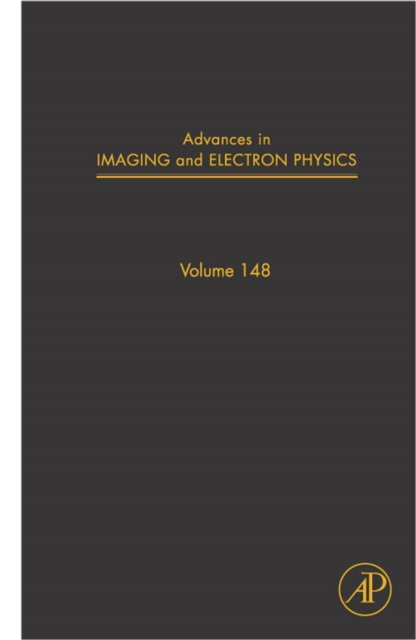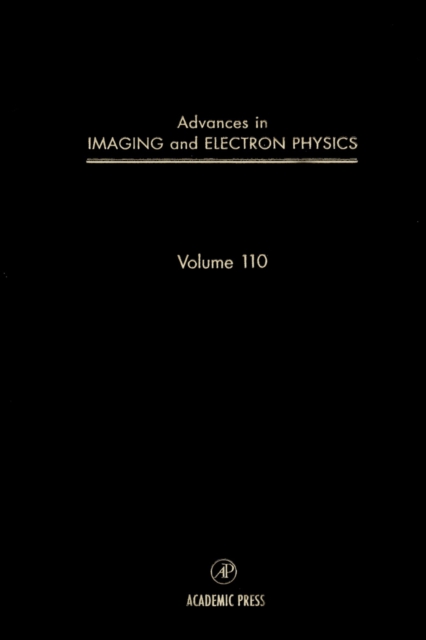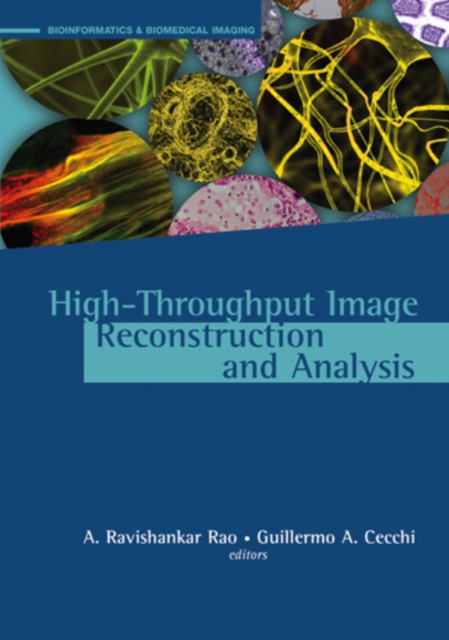A central issue in computer vision is the problem of signal to symbol transformation. In the case of texture, which is an important visual cue, this problem has hitherto received very little attention. This book presents a solution to the signal to symbol transformation problem for texture. The symbolic de- scription scheme consists of a novel taxonomy for textures, and is based on appropriate mathematical models for different kinds of texture. The taxonomy classifies textures into the broad classes of disordered, strongly ordered, weakly ordered and compositional. Disordered textures are described by statistical mea- sures, strongly ordered textures by the placement of primitives, and weakly ordered textures by an orientation field. Compositional textures are created from these three classes of texture by using certain rules of composition. The unifying theme of this book is to provide standardized symbolic descriptions that serve as a descriptive vocabulary for textures. The algorithms developed in the book have been applied to a wide variety of textured images arising in semiconductor wafer inspection, flow visualization and lumber processing. The taxonomy for texture can serve as a scheme for the identification and description of surface flaws and defects occurring in a wide range of practical applications.
Get Taxonomy for Texture Description and Identification by at the best price and quality guranteed only at Werezi Africa largest book ecommerce store. The book was published by and it has pages. Enjoy Shopping Best Offers & Deals on books Online from Werezi - Receive at your doorstep - Fast Delivery - Secure mode of Payment
Digital Rights Management (DRM)
The publisher has supplied this book in encrypted form, which means that you need to install free software in order to unlock and read it.
Required software
To read this ebook on a mobile device (phone or tablet) you'll need to install one of these free apps:
To download and read this eBook on a PC or Mac:
-
Adobe Digital Editions
(This is a free app specially developed for eBooks. It's not the same as Adobe Reader, which you probably already have on your computer.)
 Jacket, Women
Jacket, Women
 Woolend Jacket
Woolend Jacket
 Western denim
Western denim
 Mini Dresss
Mini Dresss
 Jacket, Women
Jacket, Women
 Woolend Jacket
Woolend Jacket
 Western denim
Western denim
 Mini Dresss
Mini Dresss
 Jacket, Women
Jacket, Women
 Woolend Jacket
Woolend Jacket
 Western denim
Western denim
 Mini Dresss
Mini Dresss
 Jacket, Women
Jacket, Women
 Woolend Jacket
Woolend Jacket
 Western denim
Western denim
 Mini Dresss
Mini Dresss
 Jacket, Women
Jacket, Women
 Woolend Jacket
Woolend Jacket
 Western denim
Western denim
 Mini Dresss
Mini Dresss






